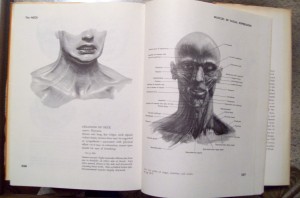
In a drawing or painting where a person is displayed, the head probably has more to do with its acceptance than anything else. Though the overall figure may be splendid, the viewer will not look past a badly constructed face. Over the years, I’ve labored over this fact. At a certain point, as far as the human anatomy was concerned, I became very serious and realized it was time that I learned everything I could about the subject.
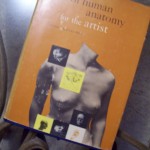
In a sense, I discovered construction. I read and studied many art books on the subject, some of which I still have on my shelf. The one I refer to most often is the seventeenth printing of atlas of human anatomy for the artist by Steven Rogers Peck. I purchased the book in the mid-seventies (for those who don’t know, that’s in the past century); it’s been around for a long time, and the yellowed pages are beginning to fray.
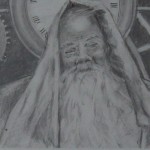
When you realize a beautiful face is not necessarily a type. Any set of features in a skull that is normal can produce an interesting and arresting face. The underlying word here, is normal. No face can be out of construction and look right. You can be correct drawing an ugly and leering face, and if the construction is proper, it will work.
Here are a few tips that may help an artist when they are drawing or painting faces:
Tip: Draw or paint the skull correctly from your viewpoint and then place the features properly within it.
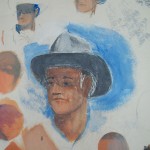
Tip: There must be a positive balance of the two sides of the face.
Tip: The spacing between the eyes must be right in relation to the skull.
Tip: To keep from your face depiction from appearing imbecilic, pay particular attention to the accurate placement the ears
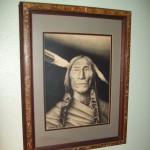
Tip: Do not disregard hairline. It is extremely important because it not only frames the head but helps to tip the face at its proper angle.
Tip: The placement of the mouth at its proper distance between the nose and chin can mean the difference between allure and a disgruntled pout.
Tip: There are no two faces alike, so it’s best to draw people rather than stock heads.
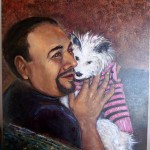
Tip: Once you are satisfied that you have the ability to draw the head of people comfortably, it is only the beginning. It should be your life-long interest to learn to portray character.
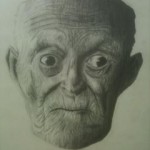
Be sure to sign up for the ART CENTER INFORMATION newsletter and take a chance on winning a beautiful art coffee table book (upper right). Also check out the family galleries above.
